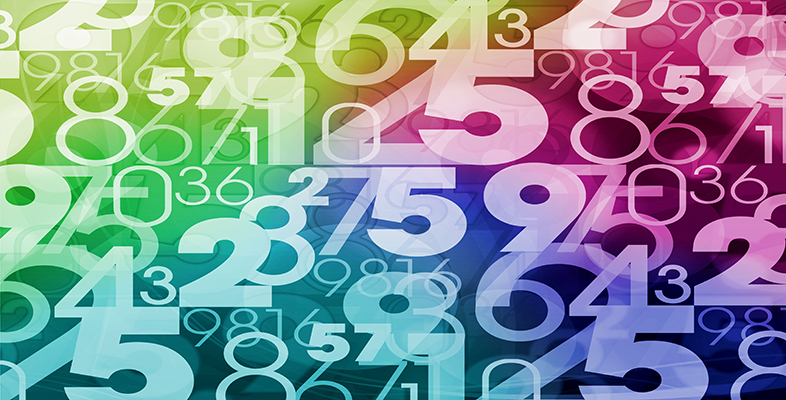3 Writing a decimal as a percentage
Because you divide a percentage by 100 to convert it into a decimal, you may assume that in order to change a decimal to a percentage, you must multiply by 100 (because multiplication undoes division). And you would be correct to assume this! A quick way to do this is to move the decimal point two places to the right.
For example, to change 0.31 into a percentage you would multiply by 100 to get 31%. Equally, 0.012 would become 1.2% after moving the decimal point two places to the right.
To try it for yourself, use a calculator to work out 0.005 x 100. The answer should be 0.5 (that is, 0.5 per cent), the same as moving the decimal point two places to the right, as expected.
Let’s take a closer look at this to make sure that this makes mathematical sense. ‘Per cent’ means ‘over 100’, so an equivalent way of expressing ‘100 per cent’ is , which is the number 1. Multiplying by 100 per cent does not change the value of a number; it just makes it look different.
If you like, you can show the conversion with one or both of the following steps: .
Now you need to look at writing fractions as a percentage. This can be useful, because many people will have a much better understanding of what a percentage means rather than a fraction. For example, you could say that , or 37.5 per cent, of the population prefers vanilla ice cream. For most people, the percentage would mean more.
